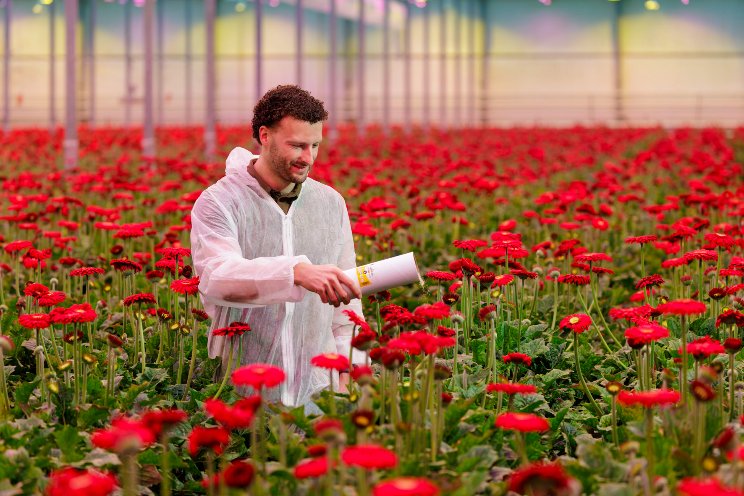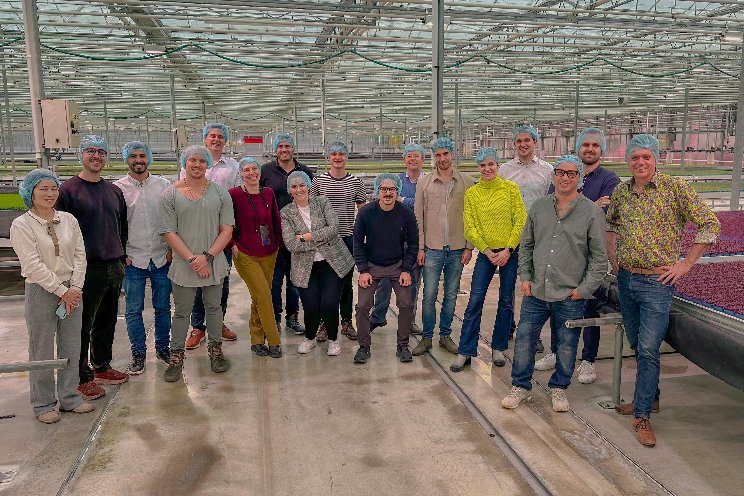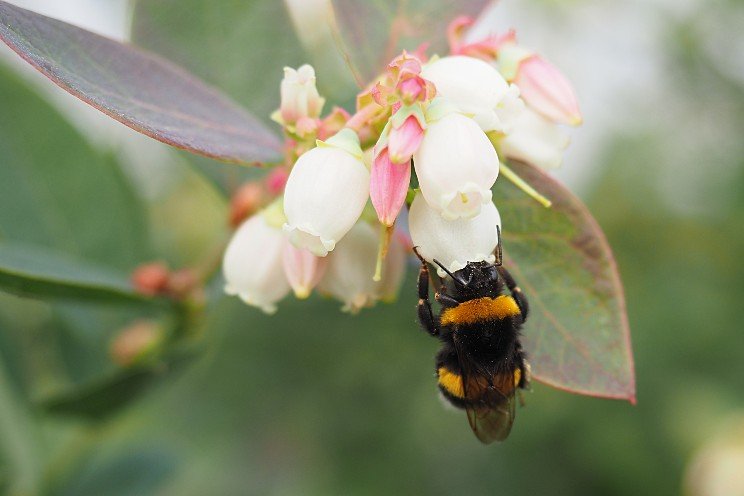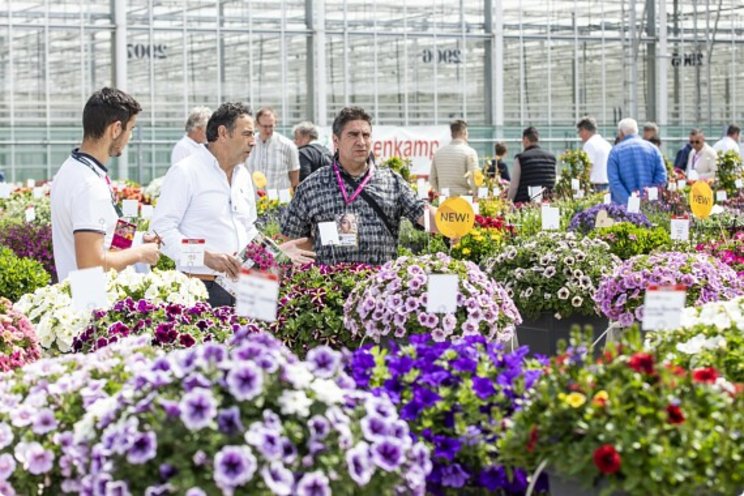5 learnings for growing top-quality tomatoes in a VF
Added on 21 November 2023

Building on previous tomato trials
To develop an effective high-wire indoor farm, we built on our years of know-how and experience from both greenhouse growers and vertical farms. Over the past decade, tomato production has been optimized with high-tech automation and data management. We can use this tremendous amount of knowledge and adapt and implement the same vision and technology in an indoor farm. The same construction, irrigation and cropping systems can be applied and we can even use the same kind of bumblebees for pollination. However, we should not blindly copy every aspect from a greenhouse as there are significant differences between an indoor city farm and a conventional greenhouse.
The most critical differences between a greenhouse and an indoor high-wire system, are perhaps that the latter uses active cooling and dehumidification instead of venting and uses only LED lighting instead of mostly sunlight. It is by excluding the effects of seasonal differences in temperature, humidity and light that the optimal growing environment can be created to produce a premium product year-round.
Climate optimization, selecting the right varieties and defining growth recipes
We conducted three trials. First, we wanted to learn from our experiences in greenhouse tomato cultivation, to see what learnings on climate conditions we could repurpose and then optimize. Second, we wanted to ensure that we were growing the best-suitable varieties for growing indoor tomatoes, so we planted 20 different varieties. To finally, in our third trial, optimize for the 5 most suitable ones to find the optimal growth recipe for indoor growing.
We equipped one climate-controlled chamber with Philips GreenPower LED toplighting linear and a single row of Philips GreenPower LED interlighting. This combination of top- and interlighting is a proven solution for a uniform vertical and horizontal light distribution within the canopy. The Philips GrowWise Control System is used to plan for the right light levels throughout the growth phases of the plants.
These are the 5 learnings from our 3 trials so far:
Learning #1: Crucial to find the right balance between light, temperature, and yield
Growing successfully indoors is all about finding the right balance between light, temperature, and yield. Increasing the light intensities might increase the yield, but that does not happen linearly. In The GrowWise Center we can achieve up to 1200 µmol/s/m2, but plants do not use all that light equally efficient. With the Philips GrowWise control system we can optimize the light intensity to the needs of the plant and seek the optimal point where the extra yield is worth more than the extra energy input from both the light and the climate system. Hence, we do not just focus on yield maximization, but rather try to achieve the most efficient system.
More news














